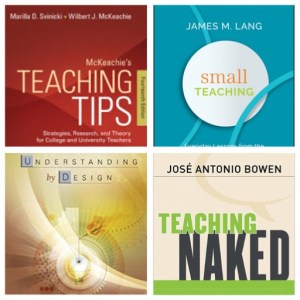What is the value of writing a teaching philosophy? And why is a teaching philosophy required in most faculty job applications and teaching award nominations?
Even experienced teachers say that writing a teaching philosophy can be difficult. Writing a teaching philosophy would be more challenging for graduate students, most of whom have been teaching for only a year or two. So why are teaching philosophies a required part of one’s teaching career?
During my faculty career at the University of Florida, I was fortunate to teach a pedagogy course for graduate students in the College of Journalism and Communications. I really enjoyed working with the graduate students to help them develop and expand their teaching competencies and their outlook on teaching and learning.
As a major assignment for the course, the students developed a teaching portfolio to be used in applying for faculty positions. The portfolio included their created instructional materials, a syllabus, and a teaching philosophy.
As a current member of UF’s Graduate Student Teaching Awards Committee, I’m reading some very effective teaching philosophies that are part of their nomination portfolios.
Writing a teaching philosophy can help you look at the big picture
Developing a teaching philosophy can help determine how you view your students, structure your course, and present as a teacher.
Let me share a few examples from some of the candidates (and some winners) for the Graduate Student Teaching Award.
Continue reading

